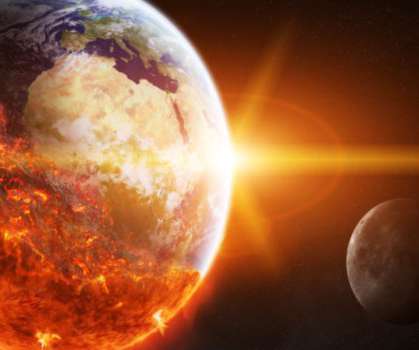COP26 Retrospective: Historical Turning Point Toward a Sustainable Future?
Acoel
JANUARY 18, 2022
billion to help South Africa shift from its current dependence on fossil fuels for power generation toward a clean and renewable electricity system.

Acoel
JANUARY 18, 2022
billion to help South Africa shift from its current dependence on fossil fuels for power generation toward a clean and renewable electricity system.

Breezometer
JUNE 7, 2022
The greenhouse effect is a popular name for the earth’s warming effect which occurs naturally when gasses in the atmosphere trap heat from the sun and prevent it from escaping back into space. Understanding Climate Change & Greenhouse Gas Emissions. 2022: What Does the Latest IPCC Report Say?
This site is protected by reCAPTCHA and the Google Privacy Policy and Terms of Service apply.

Vermont Law
APRIL 13, 2020
The environmental issue addressed here is that certain agricultural practices, like converting forests to ranchland, release large amounts of carbon into the atmosphere and severely disrupt ecosystems. Additionally, approximately 13% of the world’s net carbon dioxide. come from deforestation.

Environmental Science
SEPTEMBER 7, 2018
Air emissions : Any gas emitted into the atmosphere from industrial or commercial activity. Chlorofluorocarbons (CFCs) : A group of inert chemical used in many industrial and everyday processes such as our refrigerators that are not broken down at lower atmospheric levels and rise to the upper levels, destroying ozone.

Environmental Science
JULY 22, 2018
Satellites, for example, are used in meteorology to track weather systems and to monitor atmospheric fronts to predict what the weather will do next. Known as ENSO, they are opposite effects of the same process and are defined as an oscillation (a variation in magnitude) between the temperature of the atmosphere and the ocean.
Let's personalize your content